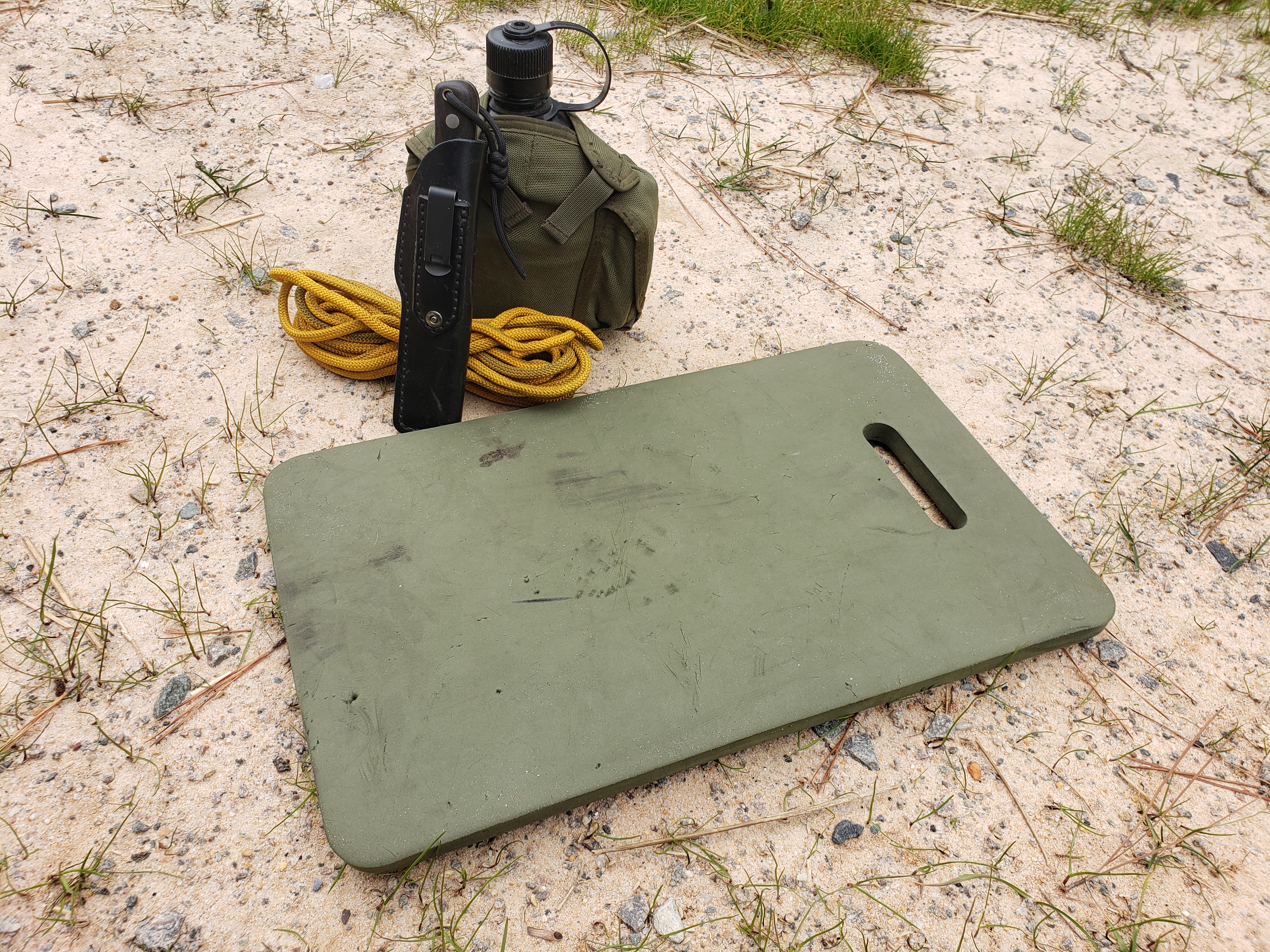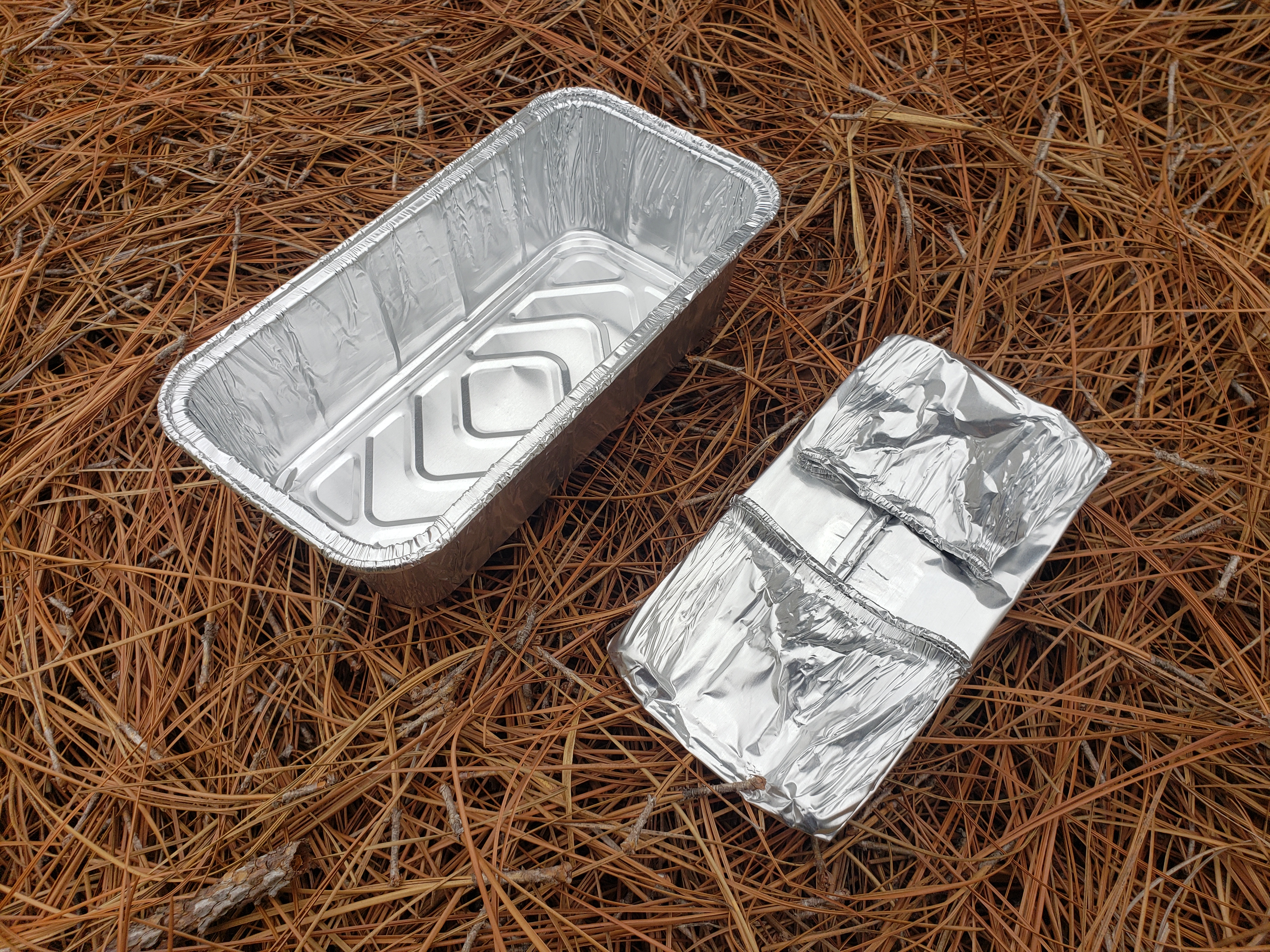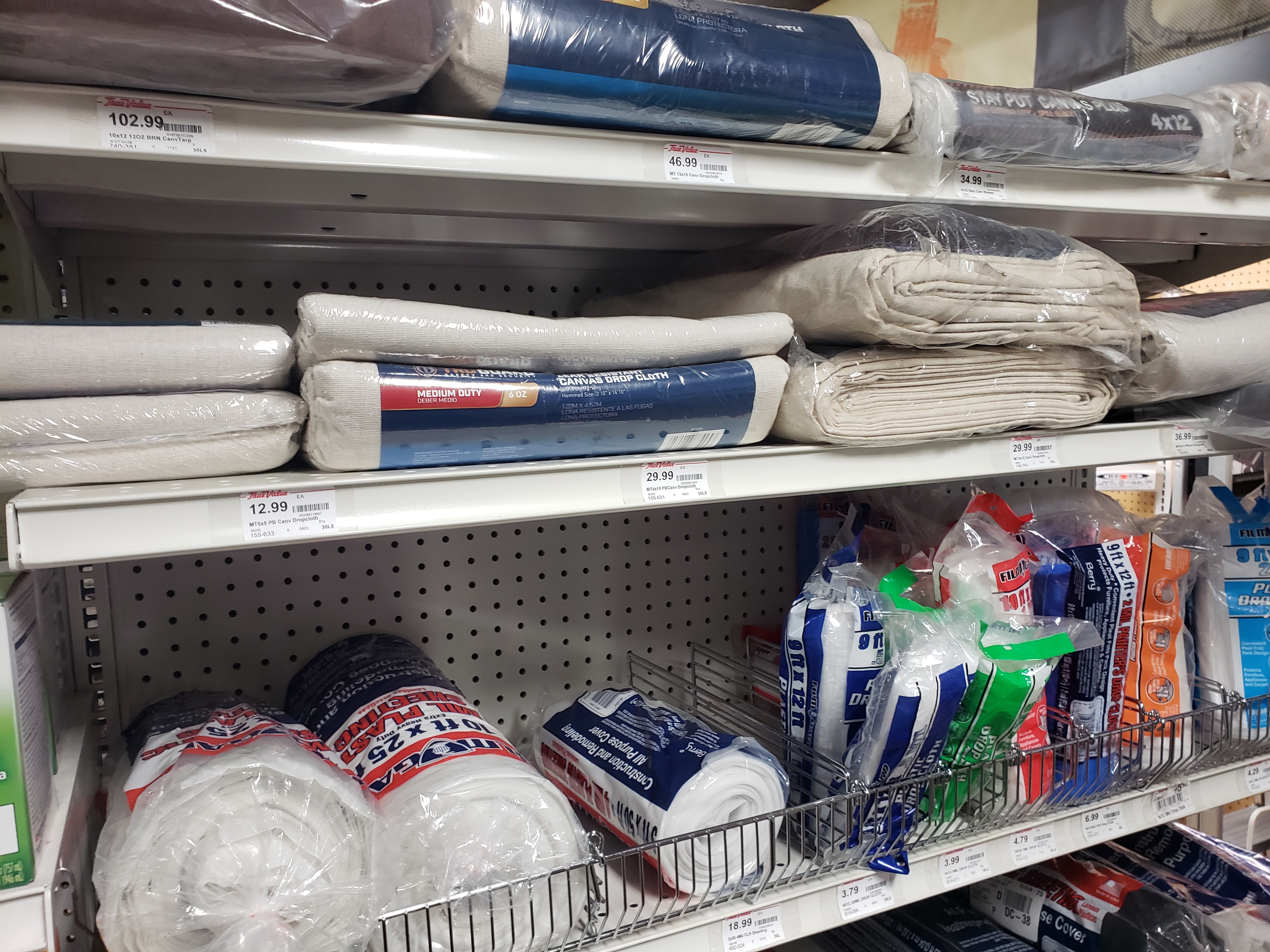"There's a sucker born every minute." as P.T. Barnum of the circus famously said. Barnum was a marketing genius, and we associate his name with the "Greatest Show on Earth" to this day. Marketing is a powerful tool. Think of how the flashing lights and showmanship lured so many under the big top. Similar methods are used to get people to spend their hard-earned money on gear for emergencies. You can probably think of terrible infomercials late at night that offer the "military grade" this or the "capable of being run over by a hummer" that. There are some inexpensive sleeper options you may not have thought of for your load out. Sometimes, all you need to do is think of your realistic needs, what solutions are out there, and what makes that solution viable. Sometimes, you'll find low-cost loadout ideas in places you wouldn't expect. I've compiled some ideas for your consideration in this week's blog. You can improve your loadout with minimal investment from the backpack to the mobility platform to the homestead. Here are seven ideas to get you thinking of how you can make do with what you have.
Kneeling Pad
Visit any garden center, and you'll find a small rectangular closed-foam pad with a handle cut-out. These kneeling pads are great for the home gardener crouched over in their backyard or the corporate brown-noser. From a survival point-of-view, these kneeling pads are excellent as a non-cold conductive seat for an emergency shelter. Paired with a basic trash can liner and some chemical hand warmer packs, you will have an emergency shelter that insulates you from the cold, blocks the wind, provides artificial heat, and keeps the rain and precipitation from getting you all wet. The kneeling pad is also great to keep tucked under the seat of your go-rig for when you need to kneel down on the side of the road or trail and don't want to drive your knee into the rocks. If you work a job where your clothing appearance matters, you will appreciate having something that will keep your pants clean as you work on your tires.

Folding Bread Pan
The Dollar Store is a great place to find emergency gear on the cheap. Even though the Dollar Store doesn't have all items for a dollar or less, they do have some excellent, inexpensive options. Years ago, the late "Doc" Ron Hood was an advocate for the Billy Can made from a #10 can with some wire for a bail. These are still a solid option if you have cans at your disposal. If you are looking for an emergency water container you can still boil with, look no further than a folding bread pan. Made from heavy duty aluminum foil, the bread pan holds about a quart of water. If you partner this folding aluminum container with water treatment tablets, you can treat water without boiling it. If you are looking for a way to collect water and carry it, you can use Reynolds Oven Bags. I am not one to advocate using anything aluminum because of the associated health risks, but in an emergency, I'll take that risk rather than not drinking water and facing certain death instead.

Painter's Drop Cloth
Tarp shelters are a popular topic in my survival courses. Tarps can be configured as a diamond overhead, an A-Frame close to the ground, or a pitched lean-to off the side of your truck to name a few. There are some very expensive tarps on the market, but at the end of the day, all you may need is a way to block sunlight in the high-desert heat. An excellent alternative (as long as the wind doesn't pick up too much) is a simple painter's drop cloth. Suspended in your camp with pebble rolled-up "buttons," you can create a shelter that is 15-20 degrees cooler in the shade. When two tarps are suspended over one another, you create a dead-air space between them and can lower the temperature noticeably. The drop cloth won't replace a traditional tarp in every way, as it is not as water resistant, but if you happen to live in an arid environment, a breathable shade structure is your primary concern and this will cover it. If you need water resistance, a basic blue tarp will work well and is an emergency signal easily seen over a mile away.

Pawn Shop Screwdrivers and Hammers
This following recommendation is going to ruffle some feathers. I've been in the knife industry for a long time, and I can easily point to many great manufacturers for defensive tools. Those tools are stout, sharp, and can puncture easily. Other tools I'd recommend deliver blunt force. Take a trip to a neighborhood pawn shop and you'll find a bin of old tools with 12" long screwdrivers and old hammers with plenty of wear. Many times, these tools are scratched, rusted, possibly bent, and undeniably used. Compared to the higher-priced items in a pawn shop, these tools are there for quick impulse buys. You can build out a basic tool kit with just a few bucks compared to your local hardware store. Some of the tools you can find at a pawn shop can be cleaned up and used for self-defense. A strong screwdriver can be sharpened to a penetrating chisel, and a small hammer can be taped for a secure grip. I won't go into all the details of what you can find at a pawn shop and how you can stage it, but trust me, you'll find something that fits the bill here.
Basic Food Mix
The average diet consists of approximately 2000 calories per day. Achieving this with emergency food options like freeze-dried backpacking meals can mean eating 3-4 meals per day. At close to $10 per meal, this will add up if you are looking to build out a weekend's worth of food or a 72-hour supply. The same is true of long-term food options and dedicated survival rations. One of the easiest ways to build out a food supply for the long term is to purchase a basic food mix. Popularized in the 80s and '90s, they consist of 2 parts lentils, 1 part rice, and 1 part peas. This mix has essential carbohydrates, protein, and vitamins. Mix it with oil to ensure plenty of fat. Basic food mix or "B.F.M." is water-dependent but easy to soak ahead of time and prepare. There are many ways to spice it up and it works well as a stew thickener or pulverized into a paste and fried. Once you have your B.F.M stockpiled, you can supplement that with canned protein like tuna fish and canned vegetables.
Repurposed Containers
My first pocket emergency kit was built out of an old military decontamination kit. I later migrated some of those items to an Altoids tin after checking out Doug Ritter's Kit onl
ine in 1999. There are many containers that were designed for one product but work as storage solutions for others. If you're one for protein shakes, protein containers can hold loose ammo for the range and they can be used in overland rig coolers for premade food storage. There are some fast-food establishments that will gladly hand over old food containers that also work extremely well for food storage a second time around. Additionally, with the growth of boutique coffee roasters around the country, it is easy to find old coffee sacks that you can use to grow potatoes in. There are many ways to repurpose old containers, and many of those containers are inexpensive or free to take.
While the point of this blog has been to highlight the inexpensive ways to complement your loadout, you should work to find the best gear for your personal loadout and research how to acquire it. I'm all for using budget gear, but you should always be looking to improve and grow. Think of some of these low-budget solutions as a stop-gap measure. They will work for now but aren't the best option. A folding bread pan is great for an emergency water container, but a titanium mess kit will last longer and is stronger. A sharpened screwdriver is a defensive tool but lacks a firearm's range and reach. The ideas presented in this blog should stimulate your mind to think of ways of acquiring what you need, even if it isn't what you want. When you practice thinking about what could be used, you'll prepare yourself if you're ever in a situation where resourcefulness means the difference in life or deal.
